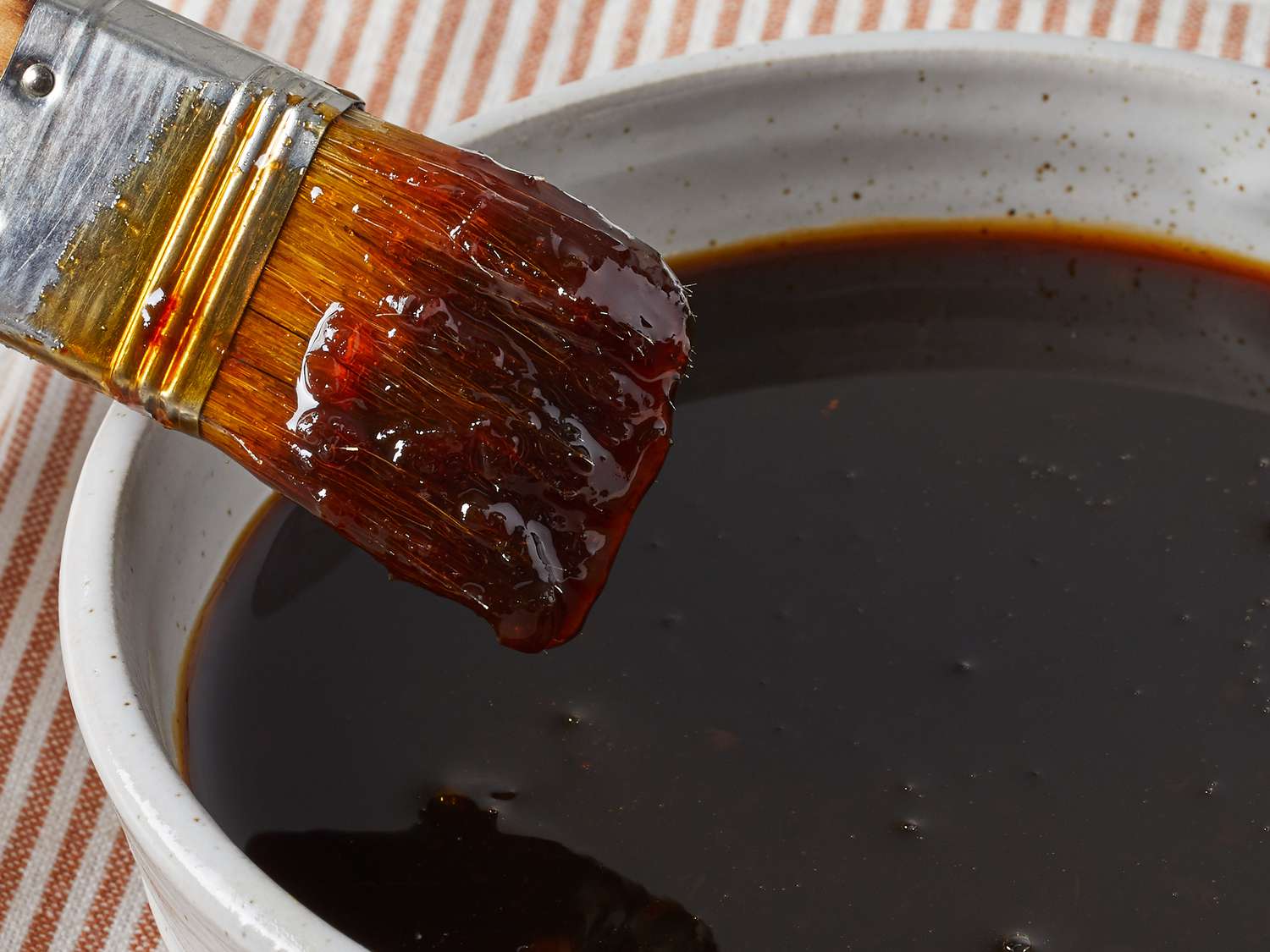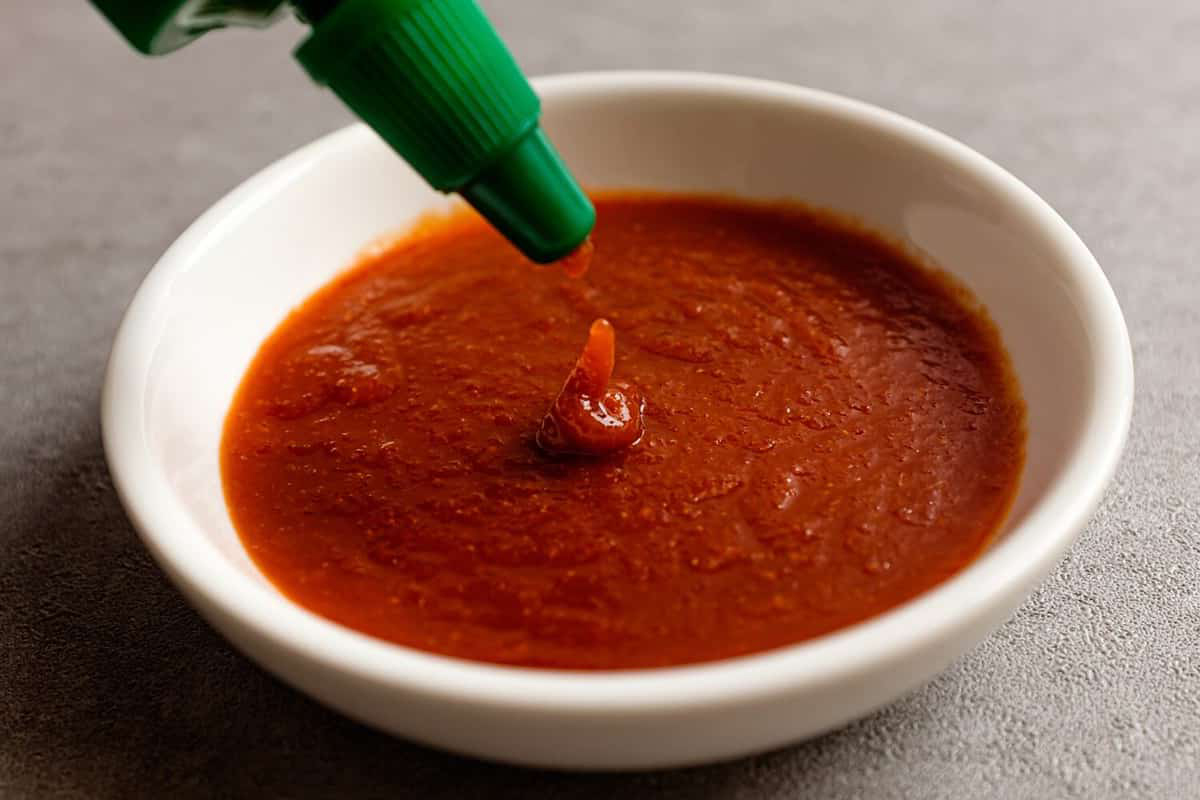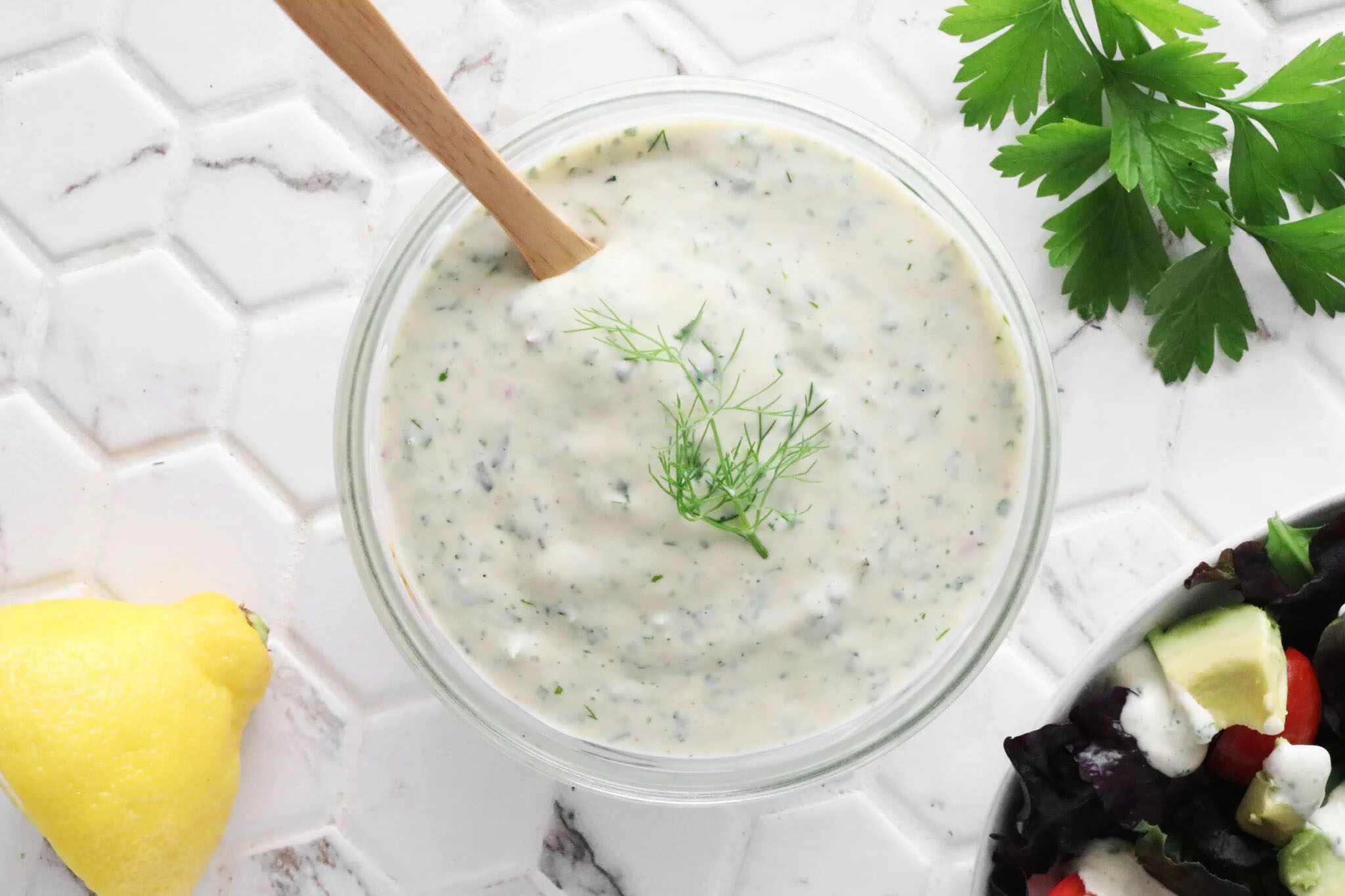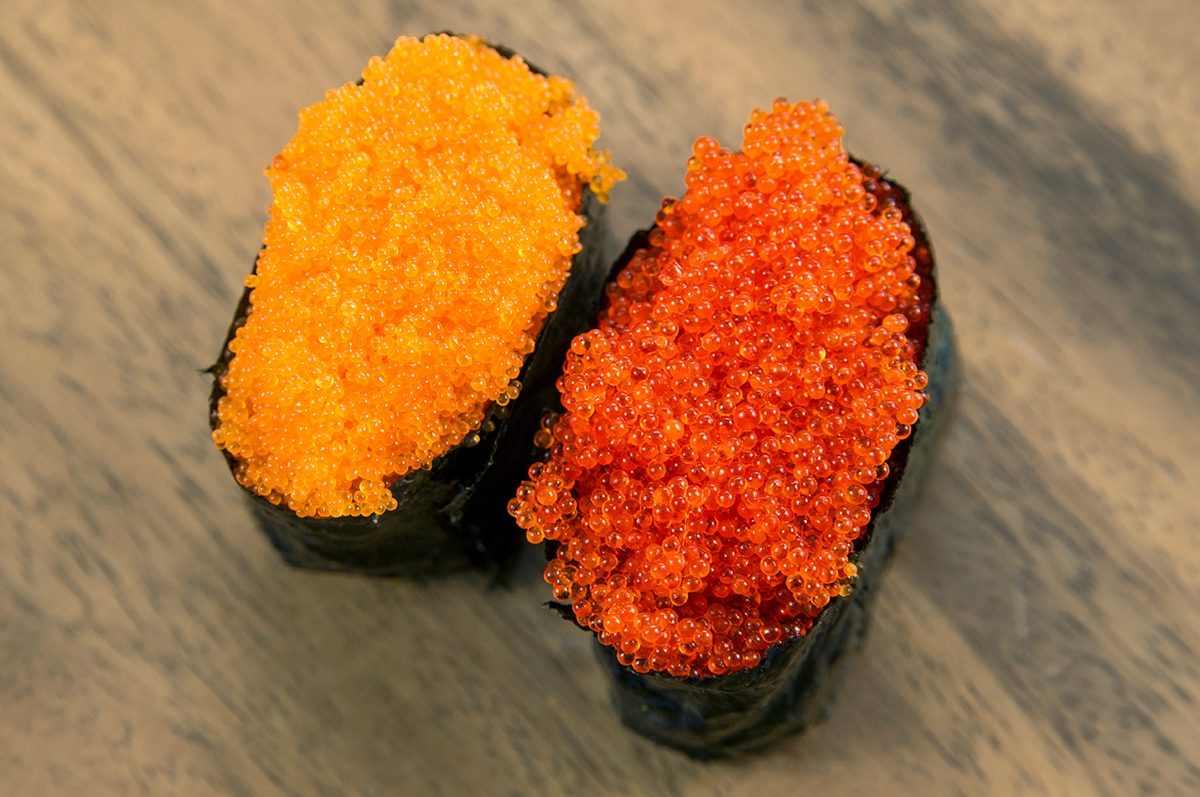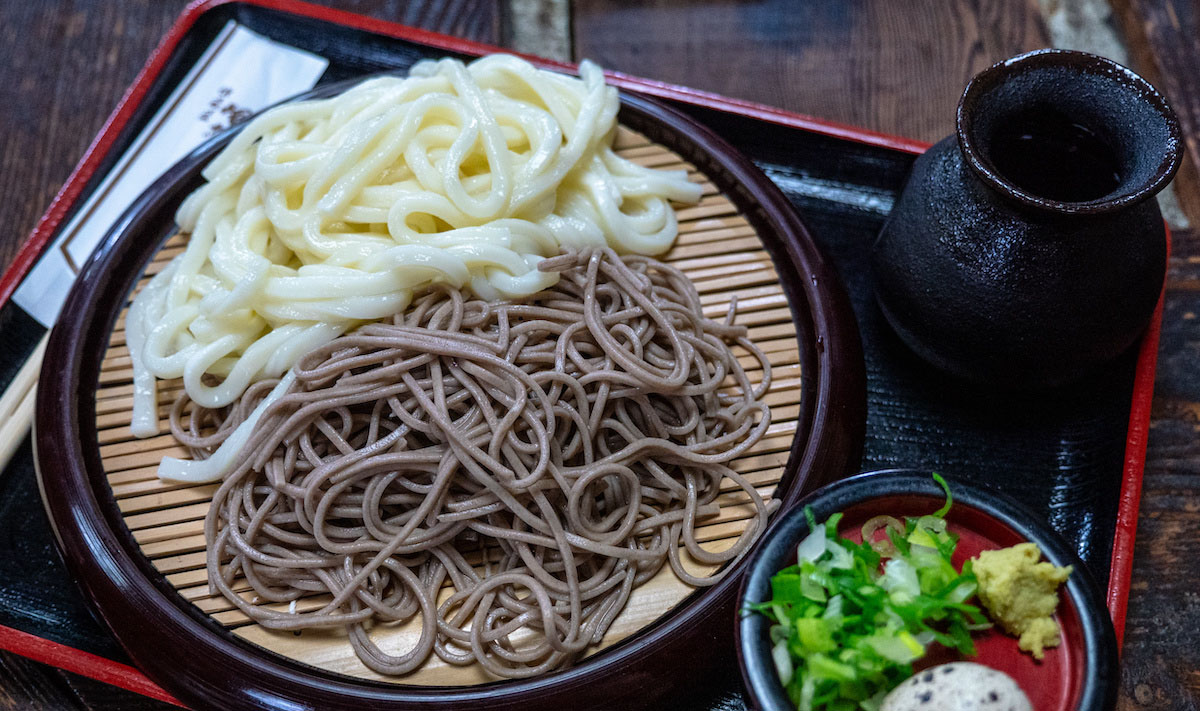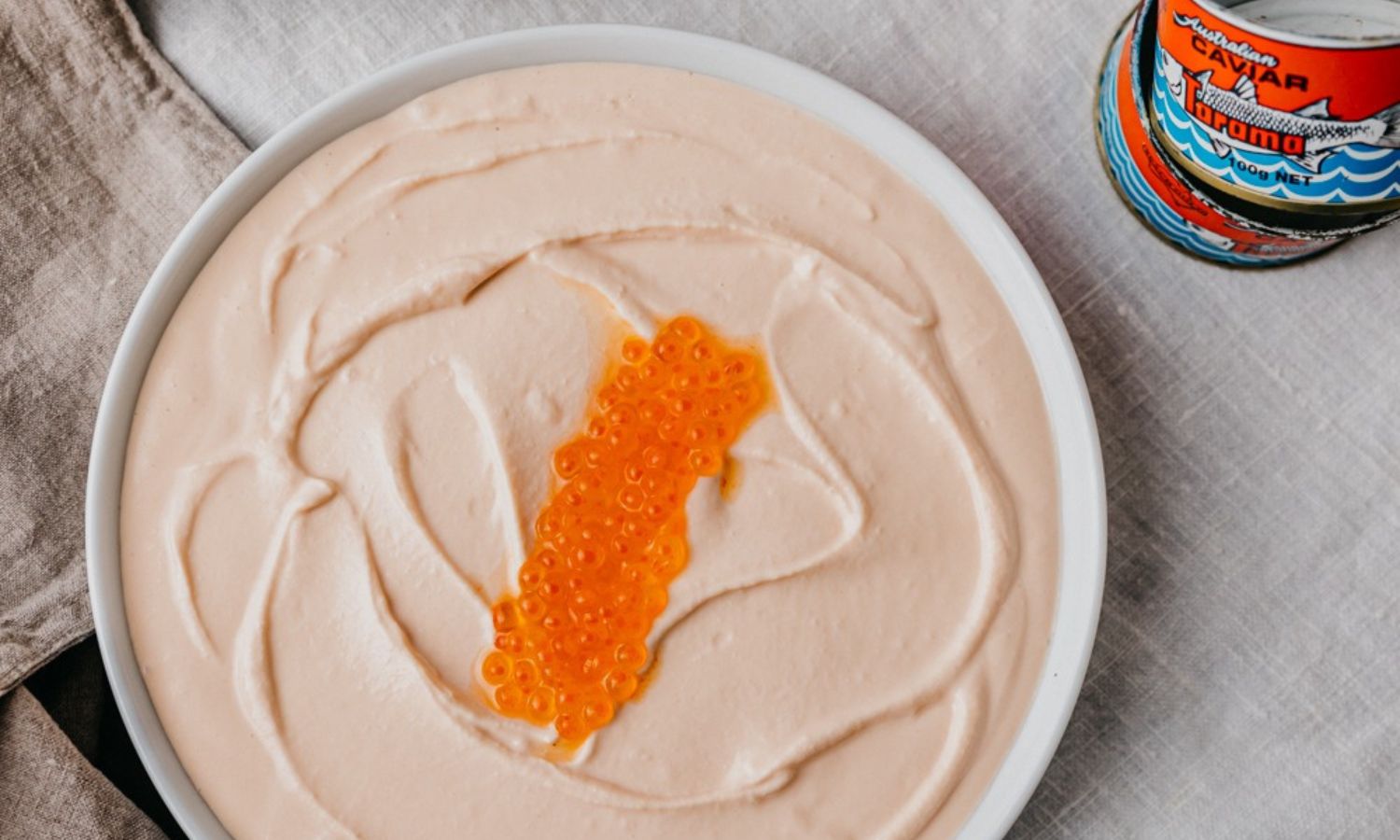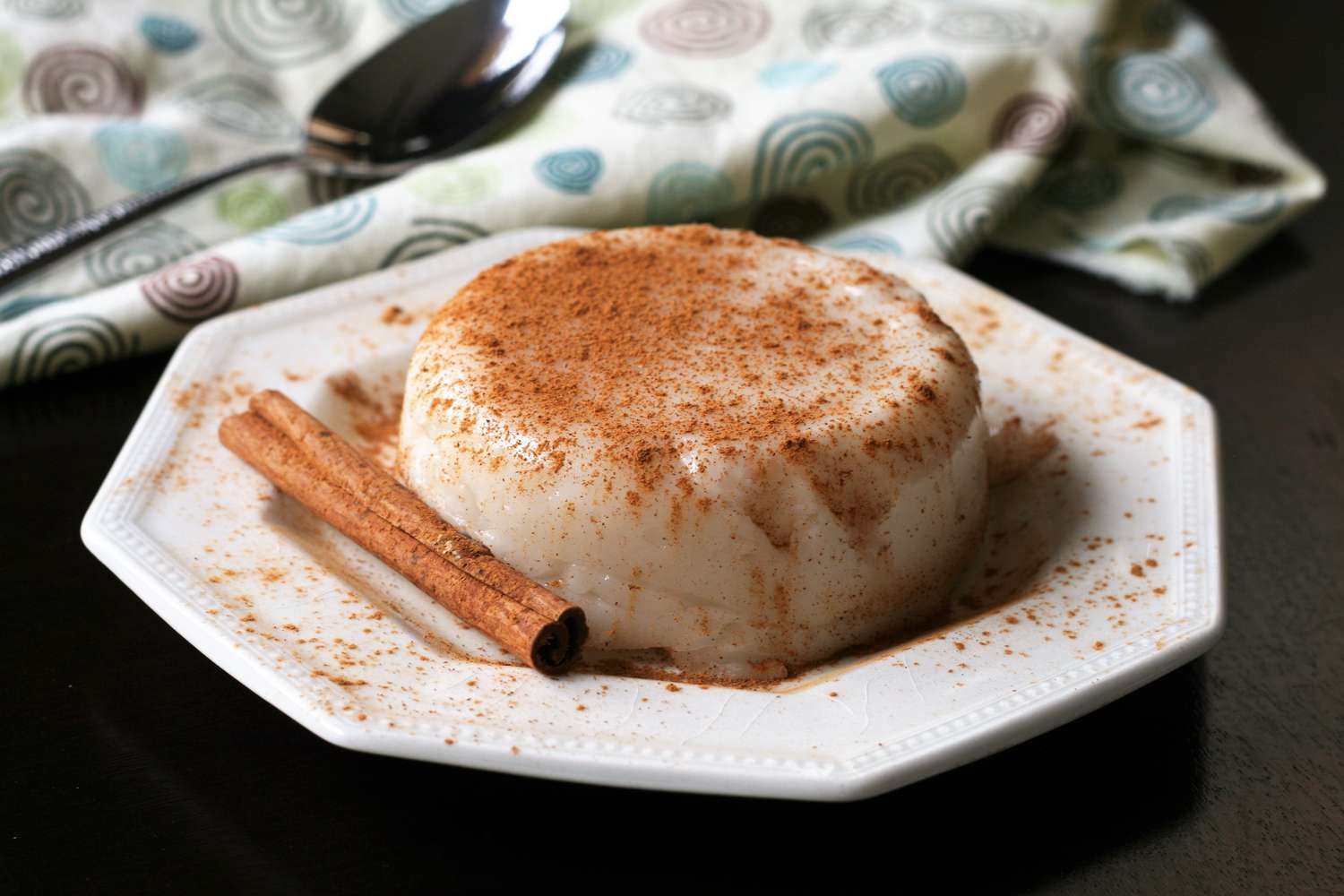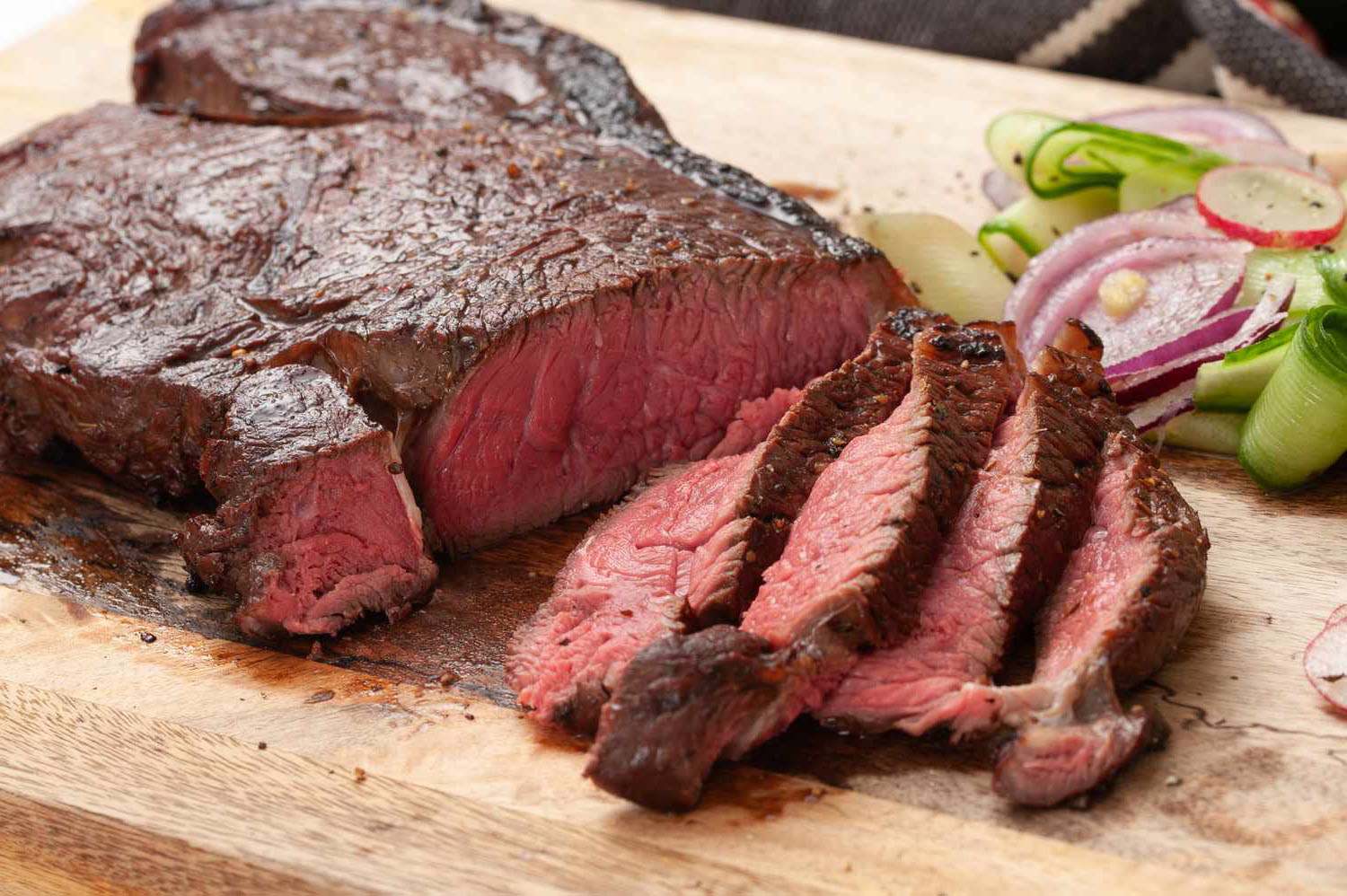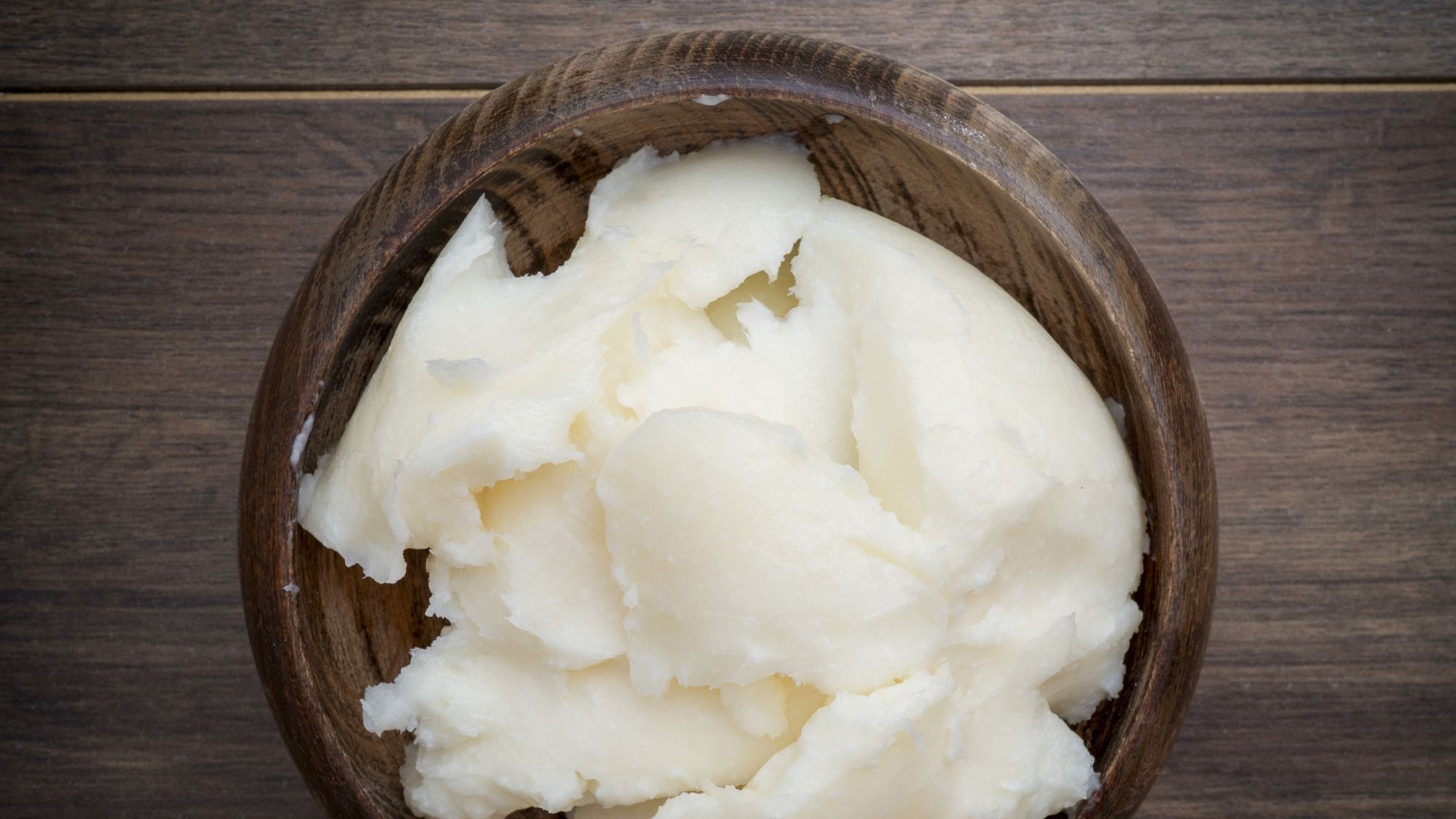Understanding the Temperature of Ice Cream
Ice cream is a beloved treat enjoyed by people of all ages around the world. Whether it’s a hot summer day or a cozy winter evening, a bowl of ice cream never fails to bring joy. But have you ever wondered about the temperature of a bowl of ice cream? Let’s delve into the science behind this delightful frozen dessert.
The Ideal Serving Temperature
Ice cream is typically served at a temperature of around 10 to 15 degrees Fahrenheit (-12 to -9 degrees Celsius). This temperature allows the ice cream to maintain its creamy texture while still being firm enough to scoop. Serving ice cream at the right temperature is crucial for the best sensory experience.
The Science of Freezing
Ice cream is made by churning and freezing a mixture of cream, milk, sugar, and flavorings. The freezing process is essential for creating the smooth and creamy texture that we associate with ice cream. When the mixture is placed in a freezer, the low temperature causes the water content to freeze, creating tiny ice crystals. The fat content in the cream helps to prevent these ice crystals from growing too large, resulting in a smooth and creamy consistency.
Maintaining the Perfect Temperature
Once ice cream is served, it begins to melt at a rapid pace when exposed to room temperature. This is why it’s important to enjoy your ice cream promptly after it’s served. To maintain the perfect serving temperature, consider using chilled bowls or serving dishes. Additionally, storing your ice cream in a freezer set to the ideal temperature will help preserve its quality and texture.
The Role of Temperature in Flavor
Temperature plays a significant role in the flavor of ice cream. When ice cream is too cold, it can dull the flavors, making it harder to detect the nuances of the ingredients. On the other hand, if ice cream is too warm, the flavors can become overly intense, and the texture may suffer. Finding the perfect balance is key to enjoying the full spectrum of flavors in your favorite ice cream.
Fun Ways to Experiment with Ice Cream Temperature
Now that we understand the importance of temperature when it comes to ice cream, let’s explore some fun ways to experiment with it:
- Try serving ice cream in chilled dessert glasses to maintain the ideal temperature for a longer period.
- Experiment with slightly different serving temperatures to see how it affects the flavor and texture of the ice cream.
- Create an ice cream tasting experience by serving small scoops of different flavors at varying temperatures to compare and contrast the flavor profiles.
Conclusion
Ice cream is a delightful treat that brings joy to countless people. Understanding the role of temperature in the enjoyment of ice cream allows us to appreciate this beloved dessert even more. By serving ice cream at the ideal temperature and experimenting with different serving methods, we can elevate the ice cream experience to new heights.
So, the next time you indulge in a bowl of ice cream, take a moment to appreciate the science and artistry behind its perfect temperature.

